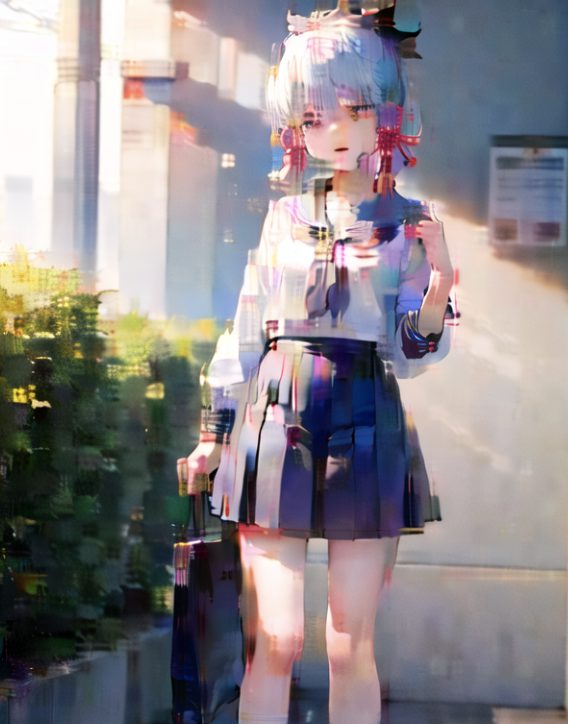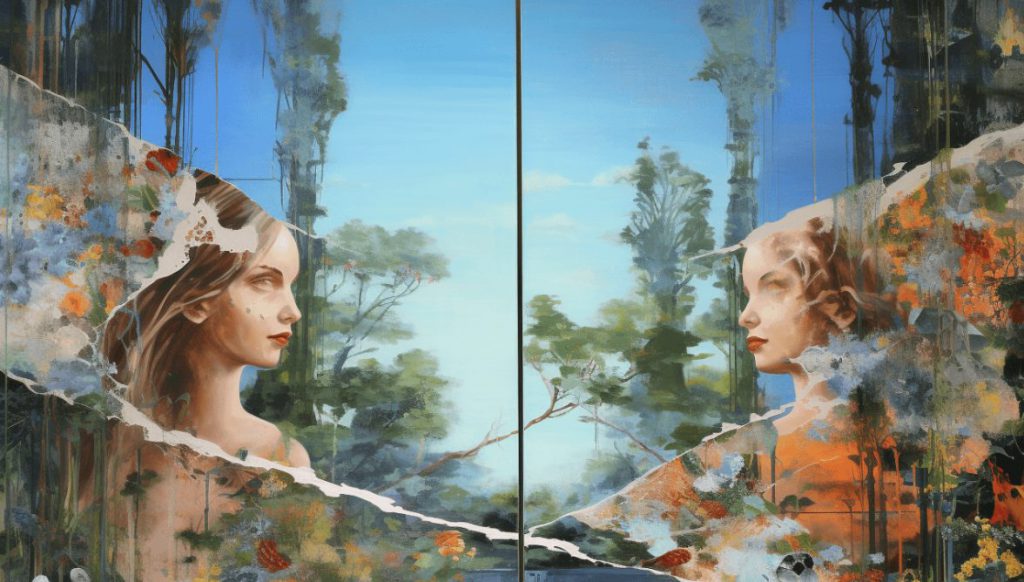Guide: What is Denoising Strength in Stable Diffusion?
Understanding Stable Diffusion
Decoding the Essence: A Dive into Stable Diffusion
Stable diffusion, a cornerstone in image generation using neural networks, has garnered attention for its ability to produce high-quality images.
Let’s unravel the concept and, specifically, explore the role of denoising strength in this fascinating realm of artificial intelligence.
Also read: How to Train Stable Diffusion?

Grasping the Basics of Stable Diffusion
Stable Diffusion Unveiled: Creating Images with Finesse
Stable diffusion, a technique rooted in the principles of machine learning and neural networks, revolves around the process of generating images by adding controlled noise to an original image.
This controlled noise is a key player in shaping the final outcome and is governed by a parameter known as denoising strength.
Denoising Strength: A Key Player
Unveiling Denoising Strength: Shaping the Image Narrative
At the heart of stable diffusion lies the denoising strength, a parameter that dictates the amount of noise added to the original image during the generative process.
This parameter acts as a lever, allowing creators to fine-tune the balance between retaining the essence of the original image and introducing controlled perturbations.

The Impact of Denoising Strength
Crafting Images with Precision: How Denoising Strength Matters
Denoising strength, in the context of stable diffusion, serves as a creative tool. Adjusting this parameter can significantly impact the final generated image.
A higher denoising strength might result in cleaner images that closely resemble the original, while a lower denoising strength introduces more randomness and variability.
Also read: Iran to Help Create BRICS Currency to Ditch US Dollar
Navigating the Spectrum: From Low to High Denoising Strength
Striking the Right Balance: Tailoring the Creative Process
Low Denoising Strength
A lower denoising strength introduces more randomness into the generative process.
This might lead to images that deviate significantly from the original, embracing a more abstract or artistic quality. It’s an avenue for creators seeking uniqueness and unpredictability in their generated content.
High Denoising Strength
Conversely, a higher denoising strength leans towards preserving the original features of the image.
This setting is ideal when the goal is to generate images that closely resemble the input, perhaps with subtle variations or enhancements. It offers a controlled approach to refining and polishing the generated content.
Using Denoising Strength in Practice
Hands-On Creativity: Implementing Denoising Strength in Stable Diffusion
In the realm of stable diffusion, the practical application of denoising strength involves experimentation.
Creators can fine-tune this parameter based on their artistic goals and the desired characteristics of the generated images. Tools and platforms that leverage stable diffusion often provide intuitive interfaces for adjusting denoising strength.

Elevating the Image Generation Experience
Denoising Strength as a Catalyst for Quality
In essence, denoising strength in stable diffusion is a catalyst for elevating the quality and characteristics of generated images.
It empowers creators to navigate the spectrum between abstract, unpredictable outputs and refined, faithful reproductions of the original.
As the field of stable diffusion evolves, mastering the nuances of denoising strength becomes a valuable skill for those seeking to push the boundaries of image generation.
Conclusion: Crafting with Precision
Denoising Strength as a Brushstroke in Creativity
In conclusion, denoising strength in stable diffusion is not just a technical parameter; it’s a brushstroke in the canvas of creativity.
Whether aiming for avant-garde explorations or nuanced enhancements, understanding and harnessing denoising strength allows creators to shape the narrative of generated images with precision and finesse.










